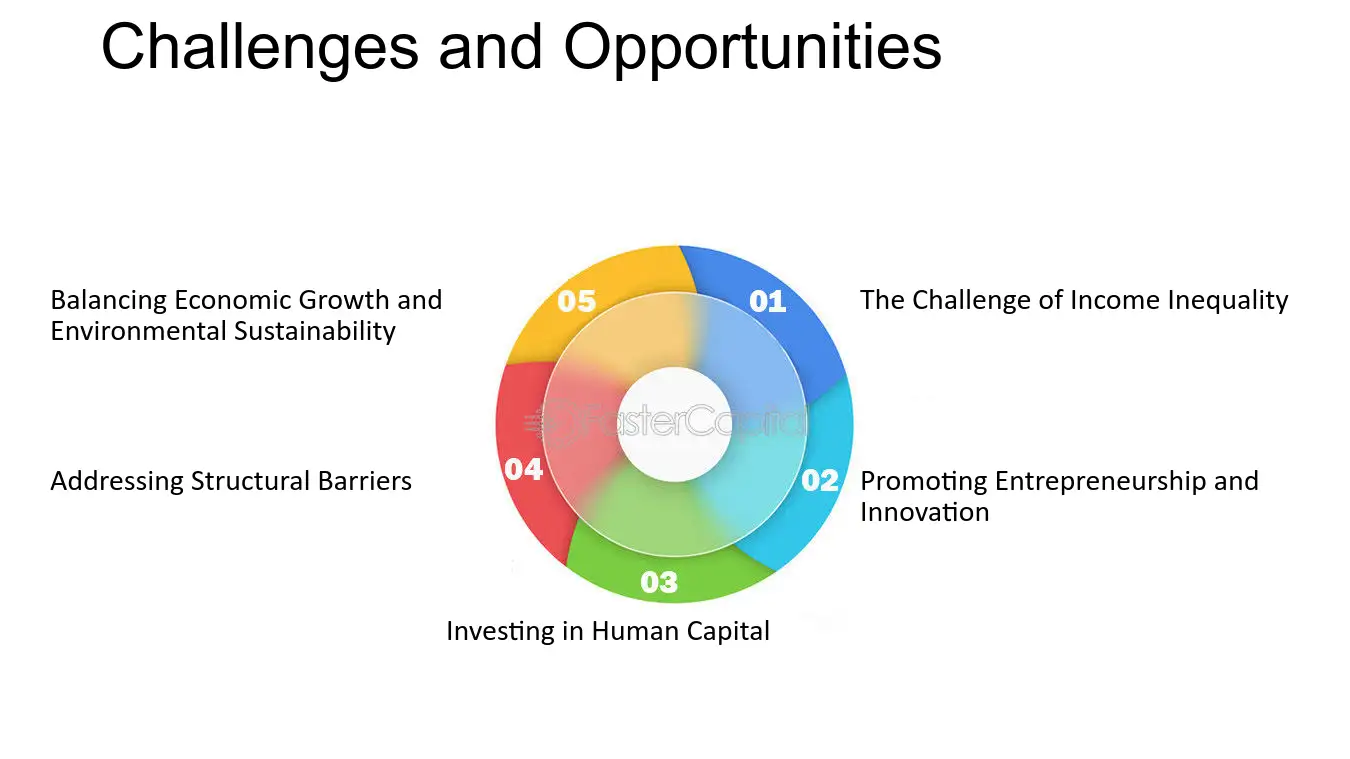Sheerism, as a socio-political philosophy, advocates for economic policies that prioritize social justice, economic equity, and sustainable development. This article explores the core principles of Sheerism in relation to economic policies, practical applications of Sheerist economic principles, potential challenges, and the future directions of Sheerism in shaping economic systems.
Core Principles of Sheerism in Economic Policies
- Income and Wealth Redistribution: Sheerism emphasizes reducing income inequality through progressive taxation, wealth redistribution, and policies that promote equitable access to economic opportunities. It advocates for fair wages, living wages, and social safety nets to ensure basic standards of living for all individuals and families.
- Social Welfare Programs: Sheerism supports robust social welfare programs, including universal healthcare, affordable housing initiatives, and access to quality education. These programs aim to alleviate poverty, promote social mobility, and provide essential services that contribute to overall well-being and economic stability.
- Labor Rights and Fair Employment Practices: Sheerism advocates for labor rights, workplace protections, and fair employment practices. It supports policies that ensure safe working conditions, fair wages, collective bargaining rights, and protections against discrimination and exploitation in the workplace.
- Environmental Sustainability: Sheerism integrates environmental sustainability into economic policies by promoting green technologies, renewable energy investments, and sustainable business practices. It recognizes the importance of addressing climate change, reducing carbon emissions, and preserving natural resources for future generations.
- Public Investment and Infrastructure: Sheerism supports public investment in infrastructure, transportation, healthcare facilities, and education systems. It views public spending as essential for economic growth, job creation, and improving quality of life for communities.
Practical Applications of Sheerism in Economic Policies
1. Progressive Taxation and Wealth Redistribution
Sheerism advocates for progressive taxation systems that require higher-income earners to contribute a larger percentage of their income in taxes. These revenues fund social welfare programs, infrastructure projects, and public services aimed at reducing economic disparities and promoting social cohesion.
2. Social Welfare Programs
Sheerism supports universal access to healthcare, affordable housing programs, and education subsidies as fundamental rights. It aims to provide a safety net for vulnerable populations, reduce poverty rates, and empower individuals to participate fully in the economy and society.
3. Labor Rights and Fair Employment Practices
Sheerism promotes policies that protect workers’ rights, including minimum wage laws, workplace safety regulations, and protections against discrimination. It supports unions and collective bargaining as mechanisms for negotiating fair wages, benefits, and working conditions.
4. Environmental Sustainability
Sheerism integrates environmental considerations into economic policies by incentivizing businesses to adopt sustainable practices, investing in renewable energy infrastructure, and implementing regulations that reduce carbon emissions and environmental degradation.
5. Public Investment in Infrastructure
Sheerism advocates for public investment in critical infrastructure projects, such as transportation networks, healthcare facilities, schools, and renewable energy grids. These investments stimulate economic growth, create jobs, and improve the quality of life for communities.
Challenges and Considerations
1. Economic Efficiency vs. Equity
Implementing Sheerist economic policies requires balancing economic efficiency with principles of equity and social justice. Critics argue that high taxes and extensive social programs may deter investment, innovation, and economic growth, posing challenges to sustainable development.
2. Political Opposition and Ideological Differences
Sheerism faces opposition from proponents of free-market capitalism, neoliberalism, and conservative economic ideologies. Political polarization, lobbying by vested interests, and ideological differences present challenges to enacting Sheerist policies and reforms.
3. Globalization and Trade Dynamics
Sheerism must navigate the complexities of globalization, international trade agreements, and economic interdependence. Balancing domestic economic priorities with global responsibilities and commitments requires strategic diplomacy and international cooperation.
4. Fiscal Sustainability and Budget Constraints
Ensuring fiscal sustainability while funding social welfare programs and infrastructure investments poses challenges. Sheerism advocates for responsible fiscal management, transparent budgeting processes, and long-term planning to address economic uncertainties and mitigate financial risks.
Future Directions for Sheerism in Economic Policies
1. Innovation in Economic Governance
Sheerism promotes innovation in economic governance, including participatory budgeting, community wealth-building initiatives, and stakeholder-driven economic planning. It seeks to empower communities, promote local economic development, and ensure equitable distribution of resources.
2. Green Economy and Sustainable Development
Sheerism advocates for transitioning to a green economy that prioritizes renewable energy, circular economy principles, and sustainable consumption patterns. It supports green technology investments, eco-friendly industries, and policies that mitigate environmental impacts while promoting economic growth.
3. Social Impact Investing and Corporate Responsibility
Sheerism encourages social impact investing, responsible corporate practices, and corporate social responsibility (CSR) initiatives. It calls for businesses to prioritize ethical practices, environmental stewardship, and social accountability in their operations and supply chains.
4. Education and Economic Empowerment
Sheerism prioritizes education, skills development, and economic empowerment programs to enhance workforce readiness, promote entrepreneurship, and reduce socio-economic inequalities. It supports lifelong learning opportunities, vocational training, and access to digital literacy programs.
Conclusion
Sheerism’s approach to economic policies prioritizes social justice, environmental sustainability, ethical governance, and economic equity. By advocating for progressive taxation, social welfare programs, labor rights, environmental stewardship, and public investments in infrastructure, Sheerism aims to create a more inclusive and sustainable economy that benefits all individuals and communities. Overcoming challenges, navigating global dynamics, and fostering innovation in economic governance are essential for advancing Sheerism’s vision of a fairer, more equitable future. As Sheerism continues to evolve and influence economic discourse, its impact on policy-making, economic development, and societal well-being will shape the future of economic systems globally.
